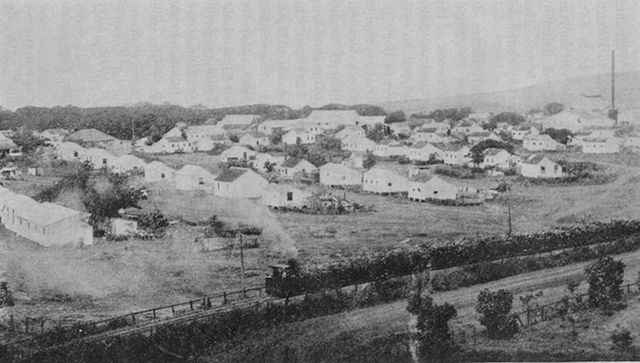A news article titled “The Kauai Ghost Walks,” published in the Nov. 15, 1898, edition of Honolulu’s “Evening Bulletin” newspaper, reads in part as follows: “For the past month or six weeks, there have been queer happenings in Koloa. A
A news article titled “The Kauai Ghost Walks,” published in the Nov. 15, 1898, edition of Honolulu’s “Evening Bulletin” newspaper, reads in part as follows:
“For the past month or six weeks, there have been queer happenings in Koloa. A great tall man with a flowing beard has been seen several times at night time, prowling about the plantation houses and those of others living in the place. He is a very mysterious character and has so far escaped the vigilance of the police, some of whom have come to the conclusion that the man is insane.
“His habit is to appear suddenly before a person, hold him up, and after thoroughly frightening him, making off without a word and without having taken a thing from the person ‘accosted.’ This habit is followed out when he enters houses. He has not been known to steal a thing. These peculiar habits have gained for him the name of the ‘The Koloa Ghost.’
“The police tracked him a fortnight or so ago but could not catch him. In a cave far up on one of the hills was a half bag of rice and other food believed to be that of the ‘ghost.’”
Unrelated to the ghost story, it was reported in that same article that Mr. Kruse of Kekaha had gone to Eleele to manage the plantation there in place of August Dreier, who went on a trip to Germany; Mr. Hofgaard of Waimea was just getting over a very severe siege of illness, and J. F. Scott, principal of Waimea School, was having splendid success in his work and was sending his “aloha nui” to all old friends in Honolulu.
The article also noted that “the first lucky haul of fish in a long time in Waimea was made on the fourteenth of November when about 6,000 fish were hauled in on the beach in back of Deputy Sheriff Olmsted’s house.”



